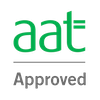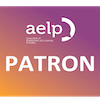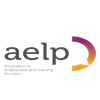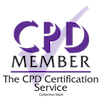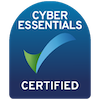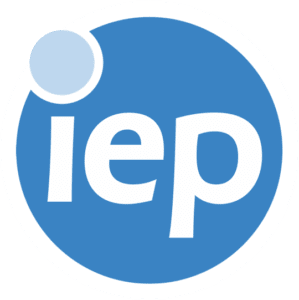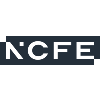Level 2 Certificate in Understanding Coding
Course Overview
Coming soon - Apply now to secure your place!
Learning to code is essential in today's digital age. From your phone apps to Facebook and websites, everything is built with code. If you want to gain an introduction to coding, this qualification is for you.
It will help you progress into further studies and provide you with a strong foundation to enhance your digital knowledge. With the world evolving digitally, coding skills are more important than ever before.
This qualification is designed for learners who are looking to gain an introduction to coding. It will support the learner to progress into further study and support those interested in progressing to employment in a coding or IT related role.
What you will learn:
- Principles of coding
- Terminology used in coding
- Coding design principles
- The processes and practice of coding
- The importance of communication and project management in coding
Key Information
Course Length
11 to 15 weeks
Course Level
Level 2
Awarding Body
NCFE
For Individuals
Benefits
- Fully online course
- Study from anywhere, at any time
- Gain an accredited Level 2 qualification
- Nationally recognised
- Access to an award-winning e-learning platform
- Unlimited support from qualified tutors
- Receive a digital e-certificate upon completion
- Only available in England
- No hidden costs
Cost and Funding Information
Course Price
£299.00
Funded Course
England Only
Study this course
Apply today and begin your journey to qualification
Apply nowBuy the course today and begin your journey to qualification
Unit 1: Understand the principles of coding
In this unit learners will gain knowledge of coding languages and the software development lifecycle. The learner will also learn about the job roles, functions and key skills requirements of a coding professional
- Section 1: Know about coding languages
- Section 2: Understand job functions in coding
- Section 3: Understand the software development lifecycle
Unit 2: Understand terminology used in coding
In this unit, the learner will understand basic computer terminology in relation to coding. They will also learn about coding acronyms, terminology and the key principles of writing code.
- Section 1: Understand basic computer terminology
- Section 2: Understand coding acronyms and terminology
- Section 3: Understand key principles when writing code
Unit 3: Understand coding design principles
In this unit the learner will gain knowledge of different coding types and the advantages and disadvantages of their use. The learner will also understand the use of pure functions.
- Section 1: Know about different coding types
- Section 2: Understand what is meant by compiled and interpreted code
- Section 3: Understand what is meant by a pure function
Unit 4: Understand the processes and practice of coding
In this unit the learner will understand best practice in coding, methods of testing used and DevOps processes
- Section 1: Understand the principles of best practice in coding
- Section 2: Understand the methods of testing code
- Section 3: Understand DevOps processes
- Section 4: Understand the importance of robust coding
Unit 5: Understand the importance of communication and project management in coding
In this unit, the learner will understand the importance of communication for those working in a coding environment. They will also learn about project management principles and Agile developments.
- Section 1: Understand the importance of communication
- Section 2: Understand the purpose of feedback in developing communication skills
- Section 3: Understand the principles of project management
- Section 4: Understand Agile developments
 For Businesses
For Businesses
With our combination of market-leading learning resources, exceptional customer service and award-winning LMS solutions, we are confident we can assist with your education and training delivery needs.
Enquire nowNeed some more information?
Check out our Frequently asked question via the link below



